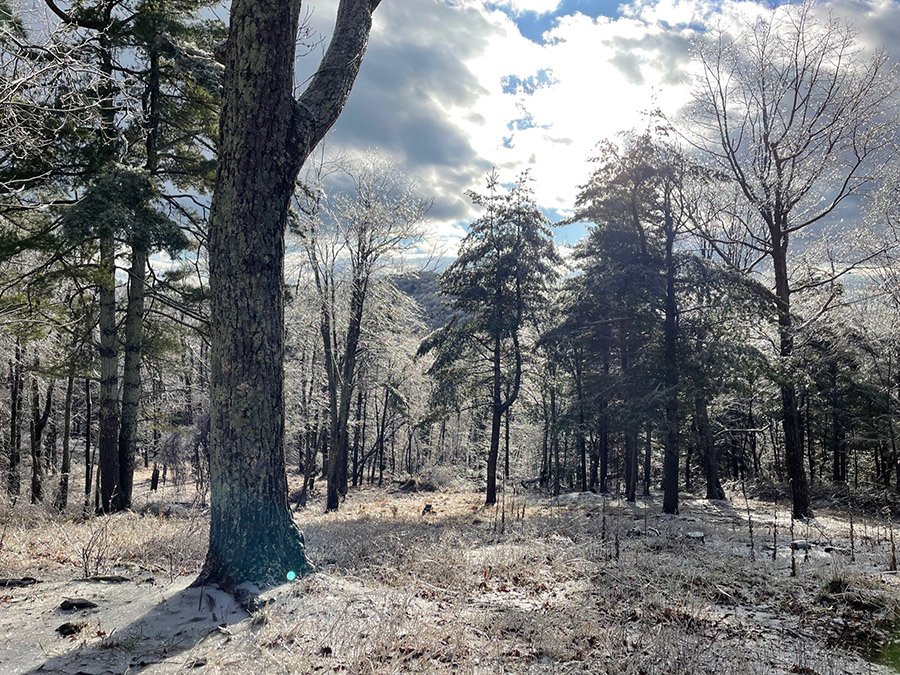Weather on the Mountain
Skyline Lakes has a rugged natural beauty that shines year-round. Smart property owners and visitors quickly learn to enjoy mother nature’s generous bounty while respecting the serious challenges she can bring. It can be deeply humbling and even dangerous to be caught off-guard by a summer or winter storm on the mountain. The best advice is to be prepared.
(photos by Dawn Sword)
Check current weather conditions at Skyline Lakes:
Resident Matt May’s weather station (Thank you, Matt!)
National Park Service high altitude forecast for nearby Shenandoah National Park
Check wildfire status in the area:
Quick tips and suggestions:
No matter the season, always check weather and road conditions before heading up the mountain.
Between November and March, your vehicle must have 4WD. We strongly suggest keeping tire chains in your vehicle in winter in case of unexpected ice and snow.
If you get stuck on the mountain, you are responsible to get yourself towed. Yes, it will be expensive and will probably take some time.
Seasons at Skyline Lakes
Spring starts around late April and plants leaf out quickly into a lush Summer green through May, June, July and August and September. We keep an eye out for wildfires and take steps recommended by Firewise to reduce our fire risk.
In October and November, trees dress themselves in bright golds, rich browns and vibrant reds before shedding it all and sleeping for the winter which lasts from November through around March.
Weather Trends
Our members often say Skyline Lakes has its own weather system. It’s not unusual in winter for the weather to be clear in the valley but snowing in the mountains at Skyline Lakes. Sometimes we find ourselves inside clouds—or even above them.
At our elevation of 3,000 feet, temperatures are consistently about 10 degrees colder than in the valley. This can be blissful in the Spring, Summer and Fall as cool mountain breezes mean no air conditioning is needed. In the winter, this can mean bitter cold, harsh winds, ice and snow that can create serious hazards.
Road Maintenance after Storms
The M&I (Maintenance and Infrastructure) team of the SLPA works hard to maintain our roads and keep them clear year-round. Snow over three inches is plowed by the SLPA contractor, usually within a few days. We do not salt our roads, so beware of icy conditions. After a storm, our contractor will clear any trees that have fallen across our roads. Snow removal and tree care on private property is the property owner’s responsibility.



